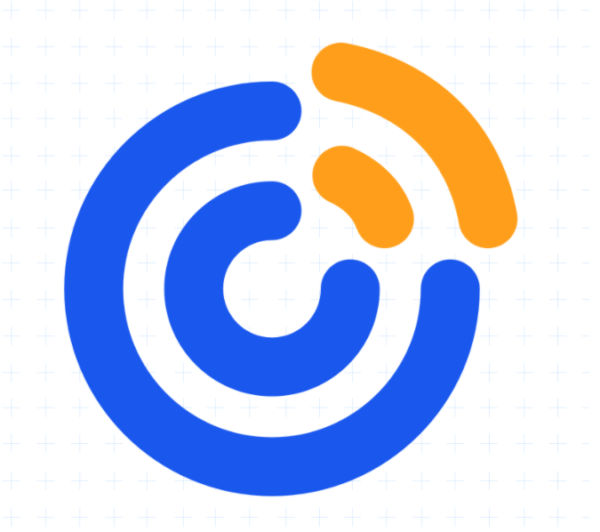Helpshift is a Live Chat Software. Helpshift offers Visitor Targeting, Transfers, Shortcut Messages, Persistent Chat, Offline Form and many more functionalities.
Some top alternatives to Helpshift includes ZoomInfo Chat, ClickDesk, LiveAgent, Desky and HelpOnClick.
Some free alternatives to Helpshift includes ClickDesk, LiveAgent, Desky, LabiDesk and LiveChat.
Yes, Helpshift provides API.
Yes, Helpshift provides a mobile app.
Helpshift is located in San Francisco, California
Helpshift offers Quotation Based pricing model
Yes, Helpshift can integrate with Quickbooks, Salesforce, Zendesk Talk, Constant Contact and many more.You can find more integration for Helpshift here
The starting price is not disclosed by Helpshift. You can visit Helpshift pricing page to get the latest pricing.







































